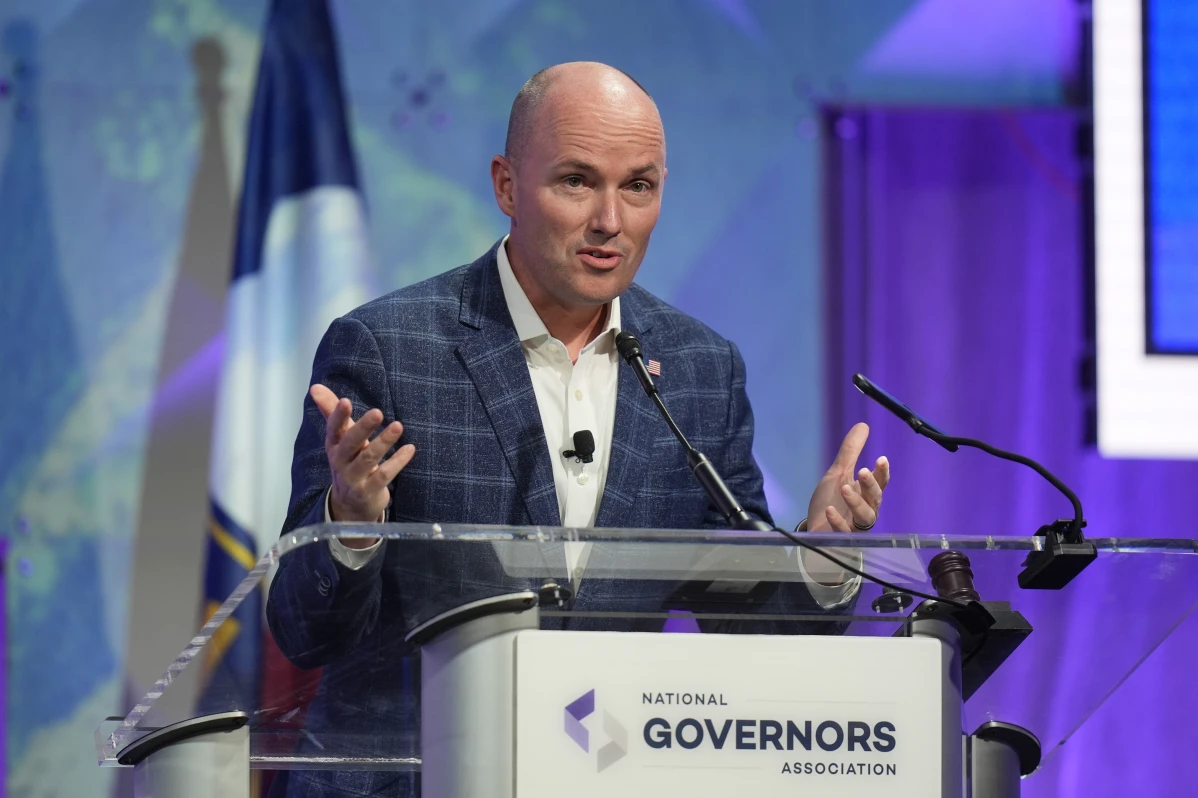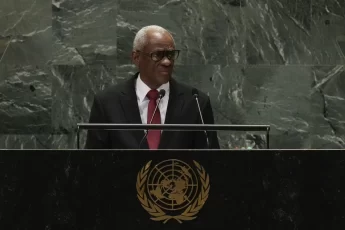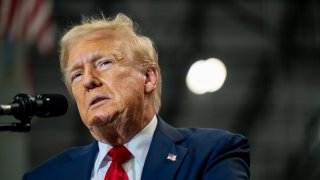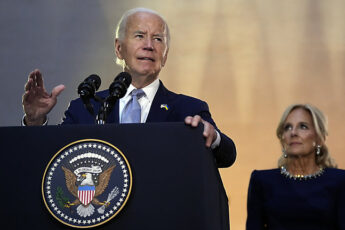Introduction: Utah Governor Spencer Cox, a member of the Republican Party, recently found himself in the spotlight after a campaign email featured a photo of him and former President Donald Trump at Arlington National Cemetery. The image was taken during a wreath-laying ceremony, a somber event that honors the sacrifices of U.S. military personnel. The use of this photo in a political context has drawn criticism from various quarters, raising questions about the appropriateness of leveraging a memorial event for campaign purposes.
The Controversial Photo: The photograph in question shows Governor Cox and then-President Trump standing solemnly at Arlington National Cemetery, surrounded by wreaths laid in honor of fallen soldiers. This particular moment, often reserved for non-partisan remembrance and reflection, was used as part of a campaign email sent by Cox’s team. The email reportedly highlighted Cox’s alignment with Trump’s policies and leadership, aiming to bolster his standing among conservative voters in Utah.
Public and Political Reaction: The decision to use the image has sparked backlash from multiple groups, including veterans and political commentators, who argue that the sanctity of a military cemetery should not be exploited for political gain. Critics argue that using a photo from Arlington National Cemetery—an iconic symbol of sacrifice and national honor—detracts from the solemnity of the event and disrespects the memory of those who have served. They suggest that such imagery should remain above the political fray and not be repurposed for electoral advantage.
Democratic officials in Utah and beyond have voiced disapproval, suggesting that the use of the photo is an example of politicizing military honors for personal gain. Even some Republicans expressed discomfort, emphasizing the need to maintain respect for national symbols and ceremonies that honor the military.
Response from Governor Cox’s Team: Governor Cox’s campaign team has defended the use of the photograph, stating that it was intended to highlight the governor’s commitment to honoring veterans and his relationship with Trump, who remains a popular figure among a significant segment of Utah’s Republican base. They argue that the image underscores Cox’s dedication to upholding values associated with military service and national pride.
In a statement, Cox’s spokesperson suggested that the criticism was politically motivated, asserting that opponents were using the controversy to undermine the governor’s standing with his supporters. The spokesperson also emphasized that Cox has consistently shown support for veterans and military families throughout his political career.
The Broader Implications: The controversy over the photo highlights a broader issue in American politics: the use of sensitive and emotional imagery for political purposes. It raises ethical questions about the boundaries between honoring national service and exploiting patriotic sentiments for political gain. This incident also underscores the ongoing debate over the extent to which public figures should align themselves with former President Trump, whose polarizing presence continues to shape Republican politics.
Conclusion: Governor Spencer Cox’s use of a photograph taken during a solemn ceremony at Arlington National Cemetery has sparked a debate about the appropriate ways to honor military service while navigating the contentious landscape of political campaigning. While some defend the move as a legitimate expression of patriotism and alignment with a key political figure, others see it as a misuse of a revered moment of national remembrance. As the controversy unfolds, it serves as a reminder of the delicate balance that public officials must maintain between honoring national values and pursuing political objectives.






